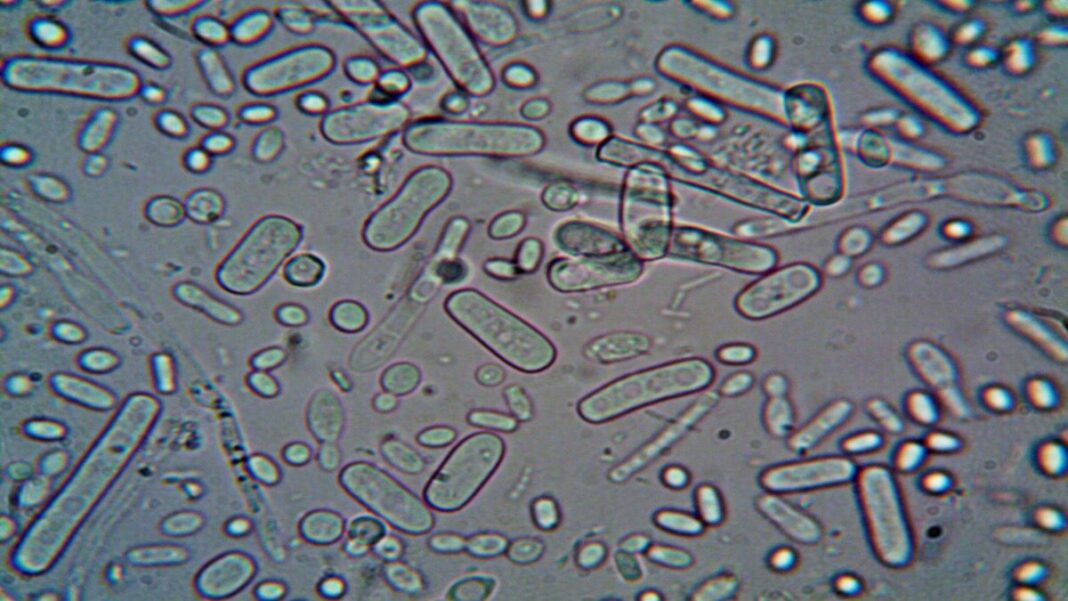UNITED STATES: A group of researchers headed by Lance Price and Cindy Liu from the Milken Institute School of Public Health at George Washington University created a novel genetic method to identify the source of E. coli infections. They calculated that foodborne E. coli strains may cause between 480,000 and 640,000 urinary tract infections in the US each year.
Foodborne E. coli is known to induce diarrhoea, but the thought that it can also cause urinary tract infections is relatively new.
The study offers compelling evidence that dangerous E. coli strains spread from food animals to people via the food supply, leading to life-threatening sickness.
Until you realise that raw meat is frequently laced with the E. coli strains that cause these infections, the idea of foodborne E. coli causing urinary tract infections seems strange, according to Price, a professor of environmental and occupational health and director of the GW Antibiotic Resistance Action Centre who was formerly a researcher at Northern Arizona University.
“Our work provides compelling evidence that harmful E. coli strains are moving from food animals to people through the food system and inflicting illnesses on people—sometimes very serious illnesses,” says the author.
With upwards of 85% of cases each year, E. coli is by far the most frequent cause of urinary tract infections. Women are more likely to get UTIs, which can range from minor bladder infections to potentially fatal bloodstream infections.
Including those produced for meat in the United States, E. coli may live in and infect both people and animals. When food animals are killed, the bacteria in their guts, particularly E. coli, can contaminate the meat products and expose people to infection.
Most raw beef products are likely to contain E. coli, according to data from the U.S. Food and Drug Administration (FDA). In the United States, only specific strains of E. coli that cause diarrhoea, such as E. coli O157:H7, are now under strict surveillance; nevertheless, this new research reveals that other strains may also offer significant health hazards.
In this investigation, the researchers isolated E. coli from raw chicken, turkey, and hog samples that they had purchased from major grocery store chains in Flagstaff.
The researchers, who started the investigation while working at NAU’s Pathogen and Microbiome Institute (PMI), also gathered blood and urine samples from patients being treated for urinary tract infections at Northern Arizona Healthcare’s Flagstaff Medical Centre.
The research team discovered regions of E. coli DNA that are specific to strains that infect food animals as opposed to humans through the analysis of the genomes of E. coli from meat and those from people, and then created a novel predictive model to distinguish E. coli from the two sources.
A specific sequencing type of E. coli was the focus of earlier research by the same team, which connected tainted meat to UTIs. In the most recent study, the scientists examined all E. coli sequence types using their new predictive model and found that 8% of E. coli urinary tract infections in the Flagstaff region could be linked to meat consumption.
Paul Keim, a professor of microbiology at Northern Arizona University and a co-author of the study, said that the study’s unheard-of design—which involved extensive food sampling from a remote community and participation from its leading healthcare provider—was a potent method for conducting public health research.
In addition to being linked to urinary tract infections, the foodborne E. coli strains discovered in the current investigation were also capable of devastating kidney and bloodstream infections. Bloodstream infections caused by E. coli can be fatal if left untreated.
It is still unknown what percentage of the 36,000–40,000 people who pass away in the United States each year from E. coli bloodstream infections are the result of foodborne exposures.
GW Antibiotic Resistance Action Centre co-director and associate professor of environmental and occupational health Liu said, “People frequently dismiss bladder infections as minor annoyances, but the bladder is a major gateway to patients’ kidneys and bloodstream.” Liu was a former researcher at PMI.
The study concludes that food producers and the FDA may improve their oversight of potentially harmful microorganisms in food, particularly raw meat sold in grocery shops across the nation. Consumers can also take precautions to reduce their exposure to tainted food.
For instance, the authors advise home chefs to use separate surfaces when preparing raw and cooked dishes and to wash their hands thoroughly after handling raw meat.
In the journal One Health, the study, titled “Using source-associated mobile genomic elements to identify zoonotic extraintestinal E. coli infections,” was published online on March 23. Researchers from many institutions worked together on this article under the direction of the GW team.
The E. coli strain processing and genome sequencing were done in collaboration with Northern Arizona University, and the clinical microbiology team at the Flagstaff Medical Centre, directed by former lab manager Lori Gauld, collected the UTI E. coli. The source conclusions were reached after GW did the bioinformatic analysis.
Also Read: United States: Tornado Hits Mississippi Region Injuring Dozens



